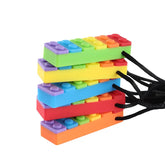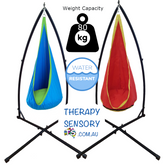Check out this secret fidget tool for all ages.
This wooden hand fidget is particularly popular for its size and discretion. It does not make a sound. It is comforting to keep in your...
View details
Fidget Toys in the Classroom.
Fidget Toys in the Classroom. What is a fidget toy? A fidget is a small object (preferably one that fits in a child’s hand), that...
View details
Screen Dependency Disorder: Excessive Screen Time Explained
Excessive Screen time Whether kids are playing video games or using smartphone apps, there is a growing mountain of evidence suggesting that young boys and...
View details
Sensory Socks to the rescue!
It’s back to school time, you’re all ready to go, then just as you’re getting your child ready, your child melts down!There is nothing more...
View details




















